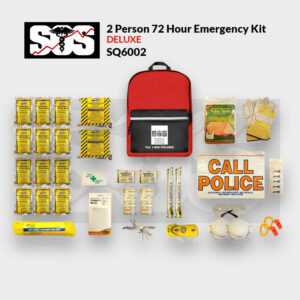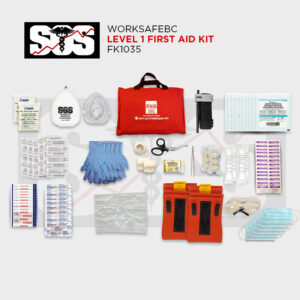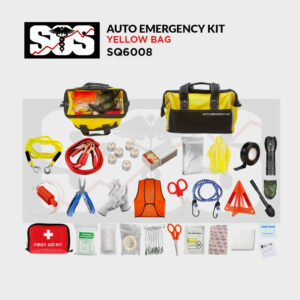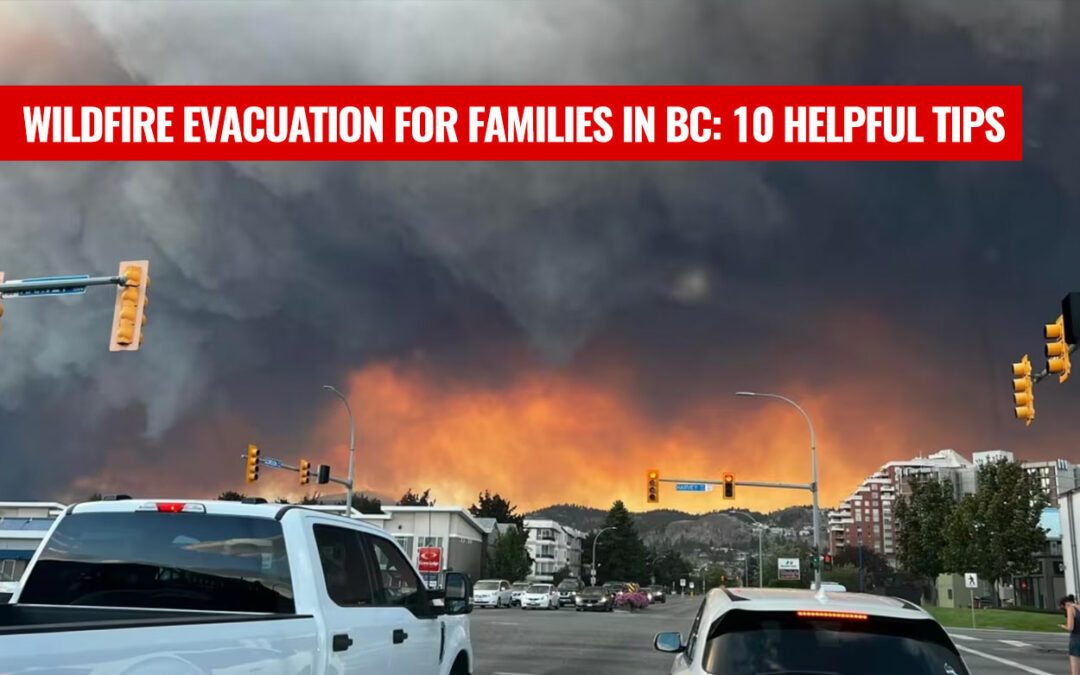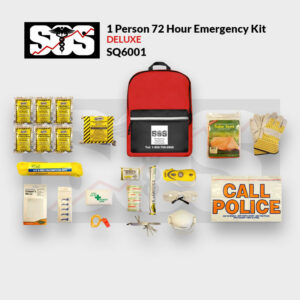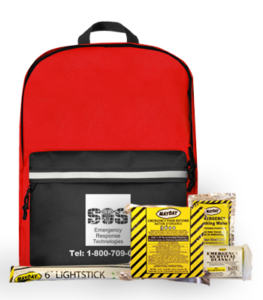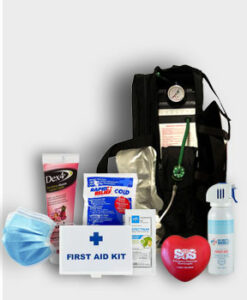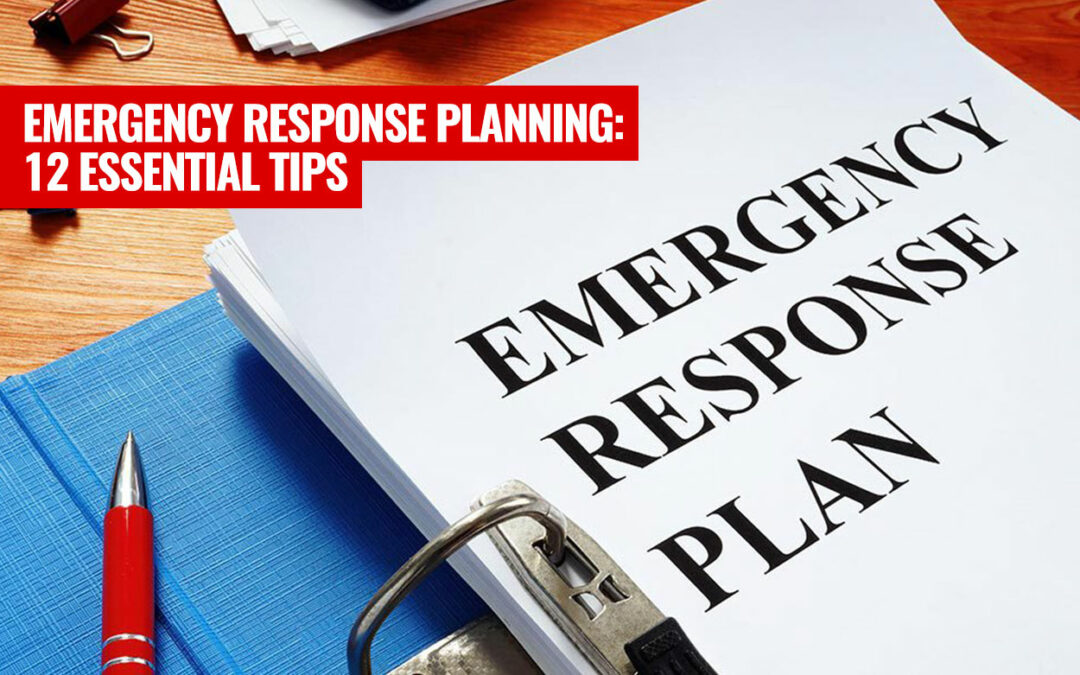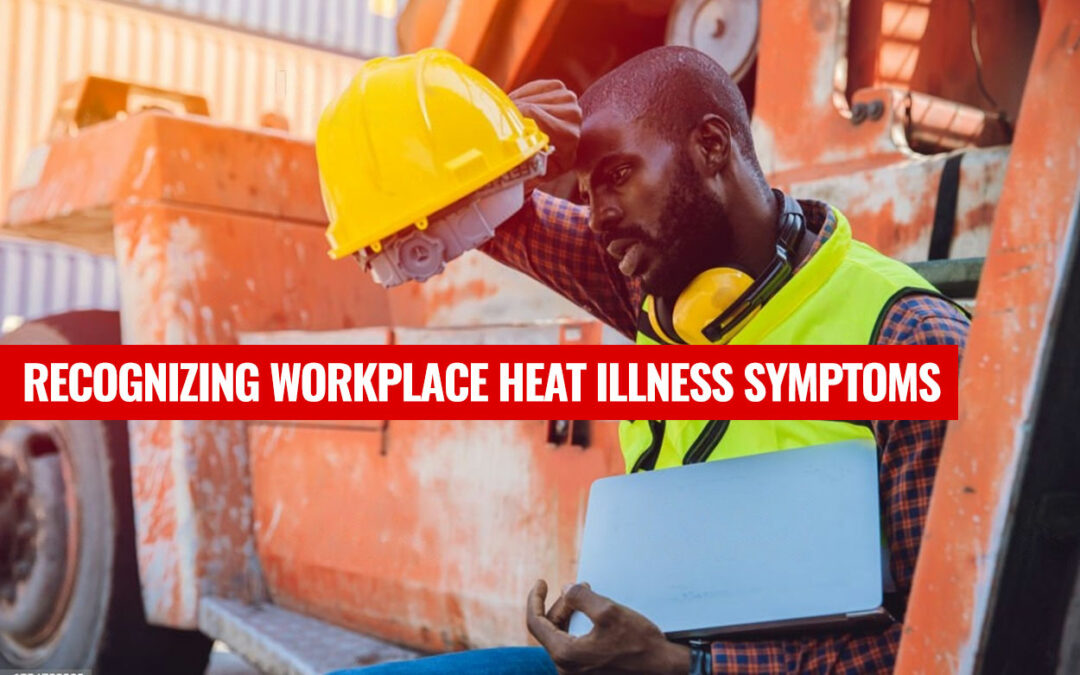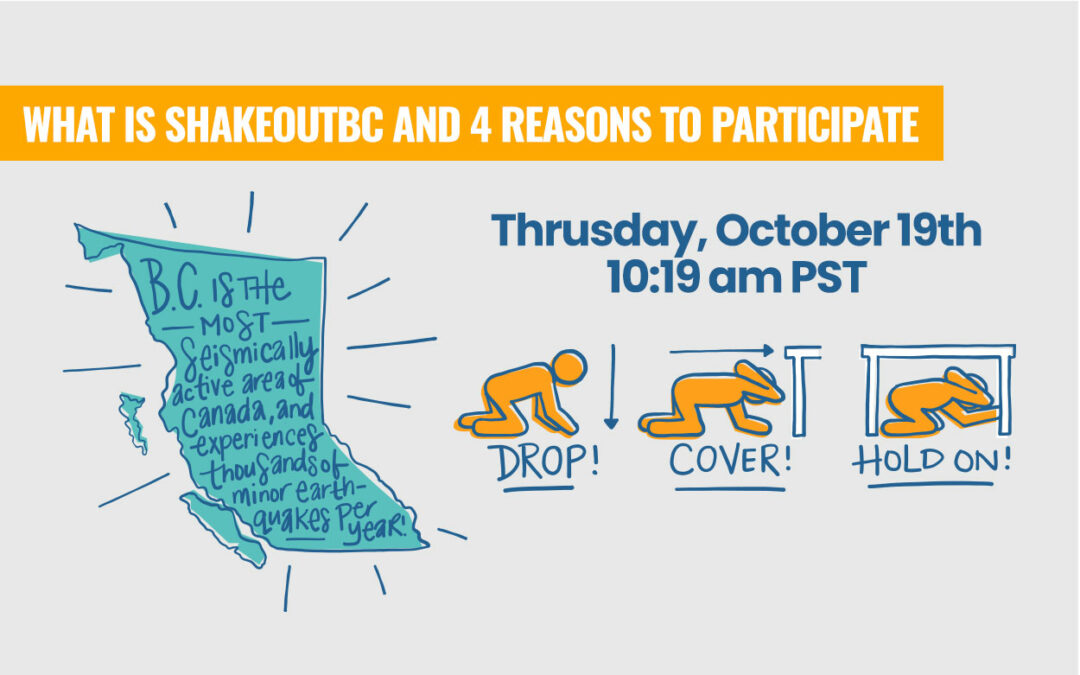
What is ShakeOutBC and 4 Helpful Reasons to Participate
What is ShakeOutBC and 4 Reasons to Participate
Earthquakes are a reality that many of us live with, especially for those residing in the Pacific Northwest. British Columbia, known for its scenic beauty and vibrant cities, is also a part of the Pacific Ring of Fire—a hotspot for seismic activity. Being prepared for emergencies is a basic responsibility that should not be taken lightly. Setting up the right infrastructure and making sure communities are in the know and prepared is key. That’s where ShakeOutBC comes in. They’re an organization that focuses on tackling these important aspects of being prepared.
What is ShakeOutBC?
ShakeOutBC is an annual event aimed at educating the public about earthquake preparedness. Every October, individuals, communities, schools, businesses, and organizations across British Columbia participate in this event by practicing “Drop, Cover, and Hold On”, which is considered the best protective action to take during an earthquake. It’s a coordinated drill designed to simulate the actions one should take when an earthquake strikes.
This year’s ShakeOutBC is October 19th, 10:19 am, Register Now Here.
Why You Should Participate:
Knowledge is Power: The mere act of participating in a drill like ShakeOutBC can elevate your understanding of what to do during an earthquake. This knowledge can potentially save lives, reduce injuries, and limit property damage.
Creates a Preparedness Culture: When communities come together for events like ShakeOutBC, they foster a culture of preparedness. This shared concern and mutual aid spirit can be beneficial during actual emergencies.
Routine Reinforces Reaction: Regular participation in earthquake drills ensures that when an actual quake occurs, the trained reactions become almost instinctual, reducing panic and chaos.
Community Bonding: Events like these often serve as a platform for communities to come together, discuss, and create emergency plans. Neighbors can identify resources, vulnerable individuals, and share best practices with each other.
Benefits of the Event:
Increased Awareness: The Pacific Northwest is a region of breathtaking beauty, but it’s also an area rife with geological activity. Earthquakes, both minor and potentially devastating, are a part of life here. Understanding the very real risks associated with this seismic activity is crucial for residents. ShakeOutBC plays an instrumental role in not just emphasizing the significance of this threat but also in educating the community on how to respond and prepare.
Safety Skill Development: When an earthquake strikes, every second counts. The suddenness and violence of the shaking can disorient even the most seasoned residents, leading to panic and, consequently, to poor decision-making. Amidst the chaos, the need for instinctive, effective reactions becomes paramount. It is precisely this skillset that ShakeOutBC aims to inculcate through its emphasis on the drill, particularly on the “Drop, Cover, and Hold On” protocol.
Community Resilience: At the heart of any community is the intricate interplay between individuals, institutions, and shared resources. Disasters, particularly those of the magnitude of an earthquake, can strain these connections to breaking point. However, with collective preparedness and participation, such as that encouraged by ShakeOutBC, communities can not only withstand these challenges but bounce back even stronger. The concept of community resilience, while multifaceted, underscores the importance of communal effort in disaster preparedness and recovery.
Promotion of Preparedness Initiatives: While the focal point of ShakeOutBC is undoubtedly its annual earthquake preparedness drill, its reach and influence extend far beyond this singular event. The gathering momentum and visibility of ShakeOutBC have transformed it into a catalyst, creating openings for a variety of stakeholders to emphasize a holistic approach to disaster preparedness.
Saves Lives: In the realm of disaster preparedness, there’s no metric more significant than the preservation of life. Events like ShakeOutBC, at their core, strive towards this singular goal. While the event encompasses various facets, from drills to discussions, its most tangible and valuable outcome is its potential to save lives.
ShakeOutBC involves drills, discussions, and demonstrations, its ultimate value lies in its potential to save lives. Everyone who takes part is equipped with knowledge and training, becoming both protectors and protected. This demonstrates that when people come together and stay informed, it can truly be a matter of life or death.

